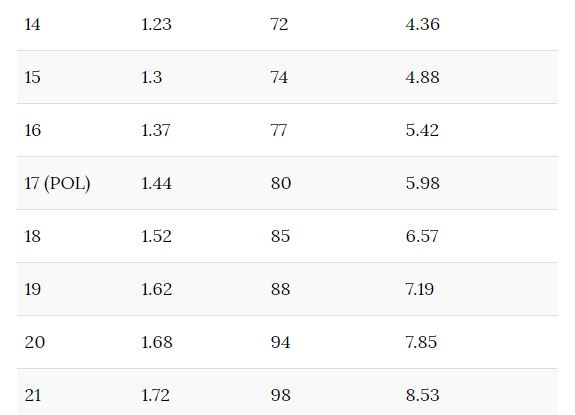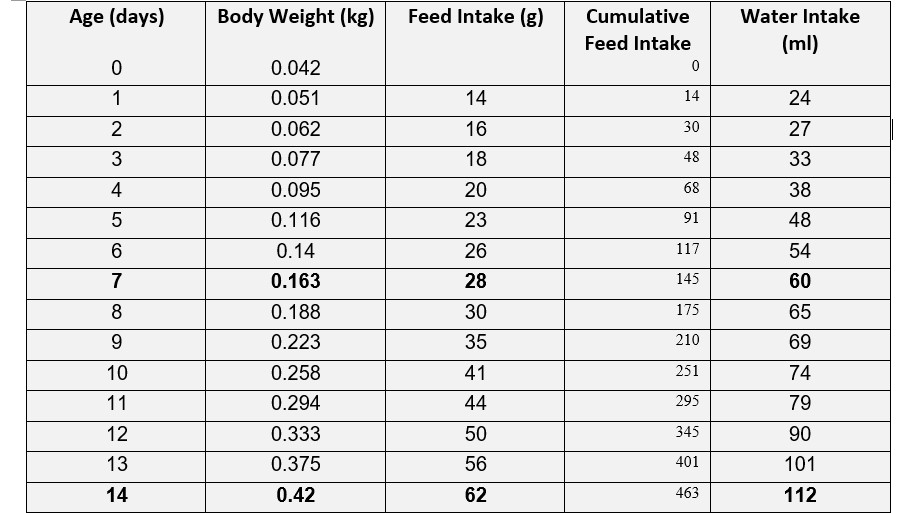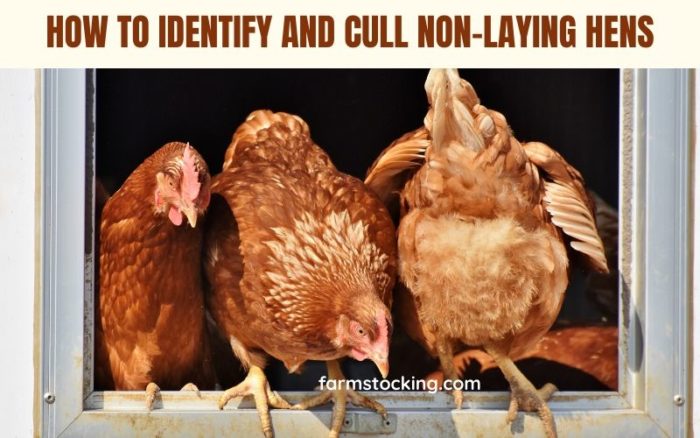Housing is one of the critical elements of poultry production that must not be taken for granted. First, irrespective of the high-quality feed you provide for birds or the potential they possess, they may not perform well if they are not placed in a house or pen. Secondly, poultry birds kept in a house are easier to manage than those on free-range. This is why any serious poultry farmer must provide a place of abode for their chickens.
There are two housing systems in poultry production. They are:
- Deep litter system
- Cage system
Deep Litter System
A deep litter system refers to raising birds on floors covered with litter materials like wood shavings, rice husk or bran. Broilers, cockerels, layers, turkeys and quails are usually raised on this system. The deep litter system has two types: Open deep litter and Closed deep litter.
Open Deep Litter System
Under this system, natural ventilation is paramount. This is because ammonia is produced from birds’ faeces and it is toxic to them. The deep litter house can be of any size but when constructing the house, ensure that the width does not exceed 10 meters.
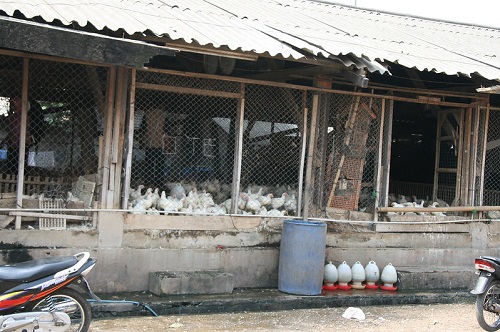
This system also has a very short wall (1 meter high) and a wire net or mesh is run from the wall to the roof. This allows cross-ventilation and efficient heat dissipation. Predators are also prevented from entering the house. The floors should be made with concrete for long durability and easy washing. The floors are covered with litter materials that can absorb moisture such as wood shavings and they must be replaced regularly to avoid ammonia buildup and disease outbreak.
Closed Deep Litter System
The closed deep litter system has a close similarity with the open version. The house is walled in this system and often has machines or equipment to automate vital operations. There are electric fans, heaters and air conditioners controlled by thermostats. Hence, humidity, temperature and air movement are controlled to make the house comfortable or conducive to the birds. It also uses automatic drinkers and feeders.

The disadvantages of the deep litter system include:
- Cannibalism is common among the birds
- The birds have direct access to their droppings. Hence, this can be transmitted easily.
- It is not easy to identify sick or injured birds
- Eggs are usually dirt and cracked.
- It cannot be built on a lease land unless the land owner approves it.
Cage System
This system entails keeping poultry birds in wooden or metal cages, but the most common is the galvanized iron cages. These cages are inside an open-sided house similar to the open deep litter house. The cage can be one-, two-, three- or four-tiers. The feed and water troughs are attached to the cage. For the advanced cage system, feeding and drinking systems are automated. The cages are also divided into units or compartments, each accommodating between 1-3 birds.
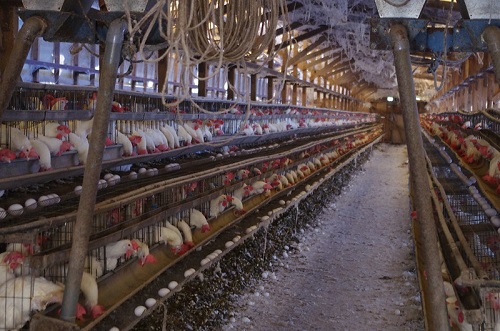
A sloping trench is dung under the cage to collect droppings and effectively wash off or remove them. The base of the cage is slightly slanted to allow eggs to roll over to the egg gutter as they are laid.
While the cage system makes it very easy to manage the birds and carry out several activities, its initial cost is high. For a commercial poultry setup, you would spend much money to build the pen and buy the cages. Even if you construct wood cages, they will only last for a few years and you will need to get new ones. Furthermore, cage fatigue is common among flocks raised inside cages because there is inadequate space to exercise. If your objective is poultry breeding, you cannot use the cage system.

